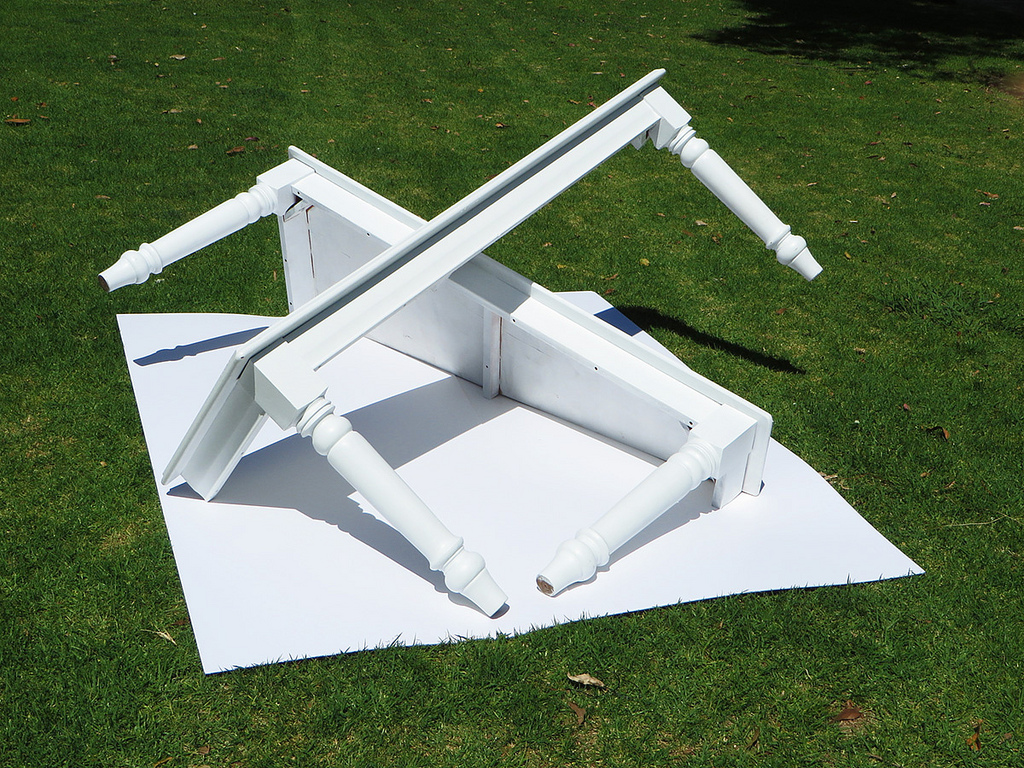Helping You with SOLUTION BUILDING
Having spent most of my adult life working in the construction industry I have experienced the difficulties and struggles that come with it. I’ve seen unhappy customers and contractors who didn’t understand why. I’ve seen way too many building projects run over budget or behind schedule. I’ve seen contractors scrambling to make ends meet and customers who think everything costs too much.
It doesn’t have to be this way. I think that building a home, a business or a life, are like construction. You need to determine what you want and why you want it. Start with a good design. Have a blueprint and know how to read it. Make sure that you have a good foundation. Be flexible and willing to accept changes as they come along. Understand that there are going to be problems and be prepared to deal with them. If you can be clear about the goals in the beginning and work with a good team, you can build something great.
This is my hope for this blog site.
By nature I am a planner and a thinker. I’m always thinking and then talking about what I’m thinking. This is how I process my thoughts. I think out loud. This blog is a place for me to do that. It will give me the opportunity to get feedback from you as well. It will be like virtual brainstorming. This sharing should help all of us build better.
I’m going to write with two separate, but intertwined, focuses. One for the building industry and one for the building customer. There will be things that we can all learn from both. The goal is that all of these will lead to building better. I plan to post two new blogs weekly, one for each focus. In addition to these two there will be a third topic mixed in periodically. It will be more random, with a foundational life lesson built in.
The business blog will share business systems, business ideas, personal experiences, construction lessons, etc.:
- Sales and Marketing
- Proposals and contracts
- Customer relations
- Production and Operations
- Communication documents and systems
- Production documents
- Administration and Finance
- Contracts and change orders
- Cash flow
- Invoicing
- Bill paying
- New and different ways of operating a business
- Examples of things that worked and things that didn’t
- Discussion of specific products and applications
The customer blog will focus on looking for and finding solutions for building projects by sharing how to work with contractors, construction ideas, personal experiences, product education, etc.:
- What to expect from a contractor
- Improved communication
- Project budgets
- Realistic project timelines
- Products and how they work (or don’t)
For years I have been asked by other contractors and customers, how I do this or why I do that or what I think the best way is to do something. I’m always glad to answer these questions, but there is a limit to how much I can do this and still operate a construction company. My hope is that this blog site will allow me to share with, and help, a lot more people with SOLUTION BUILDING.



